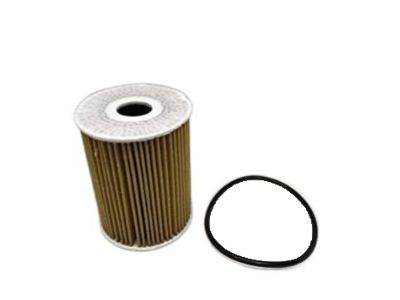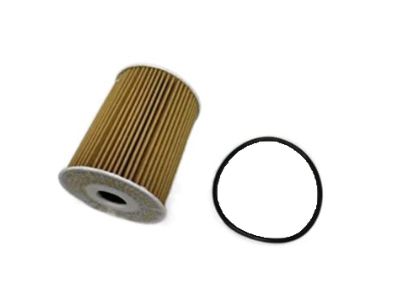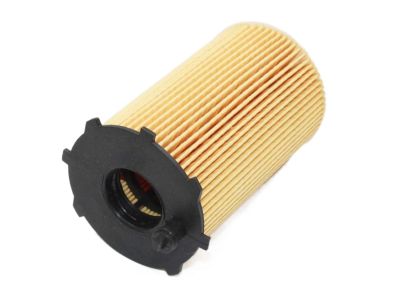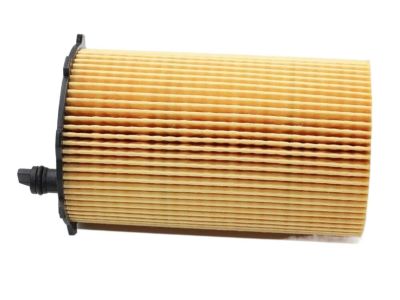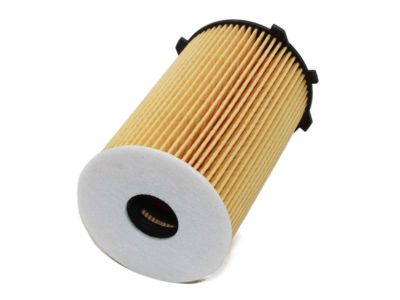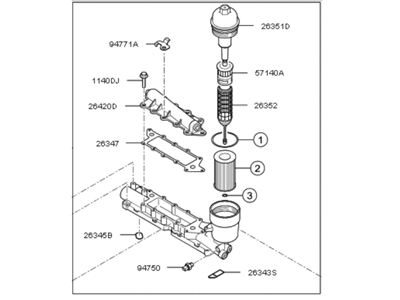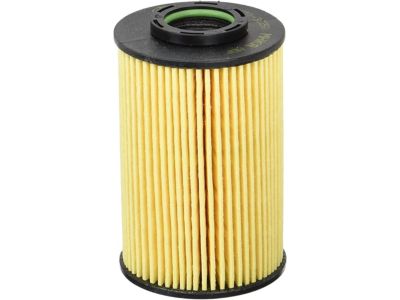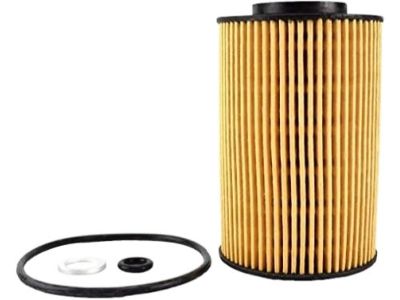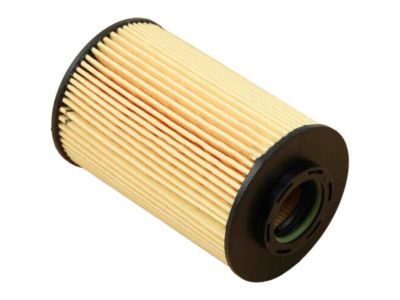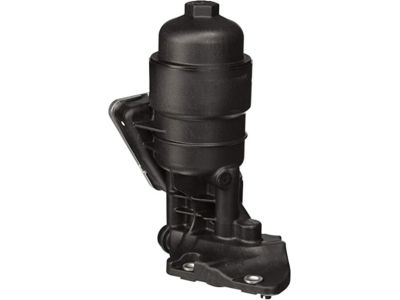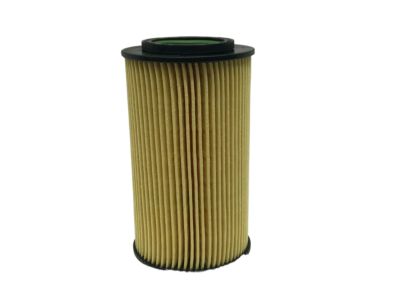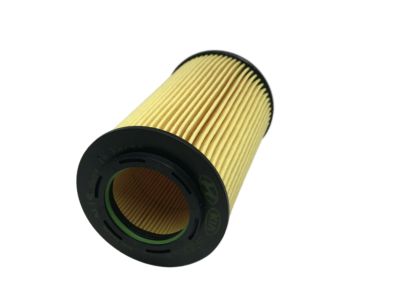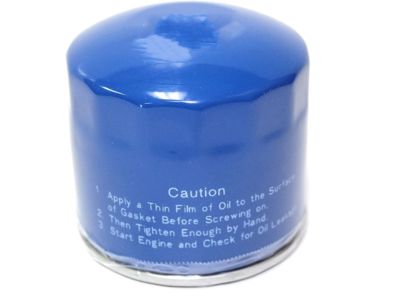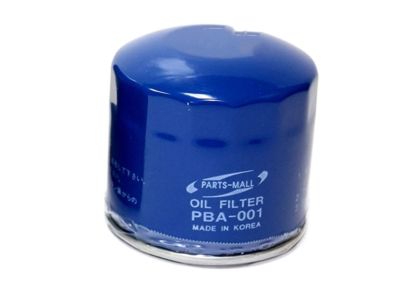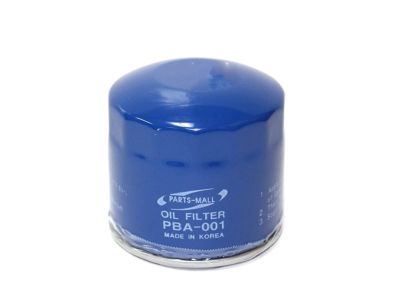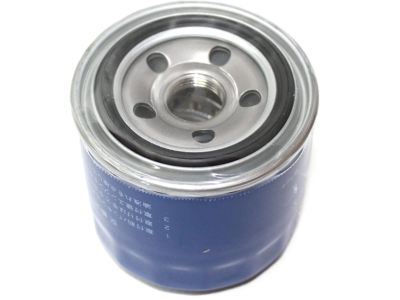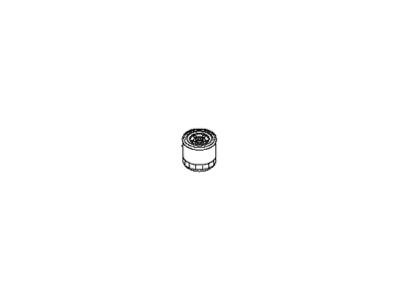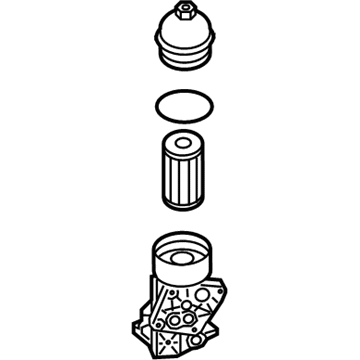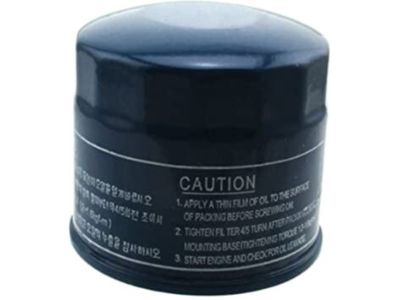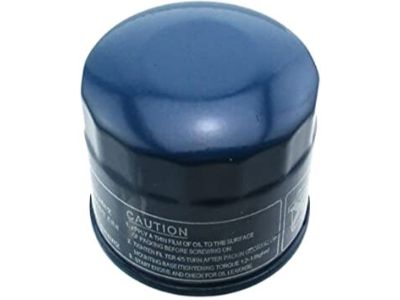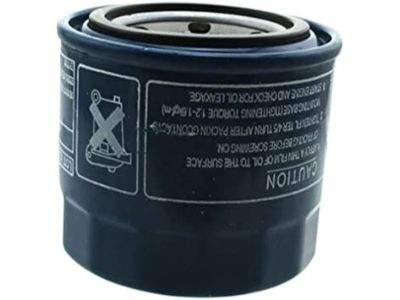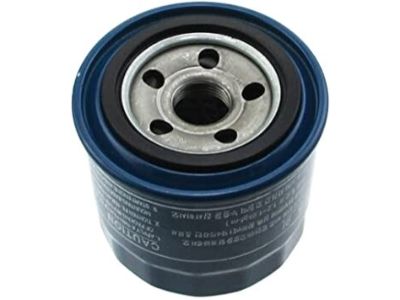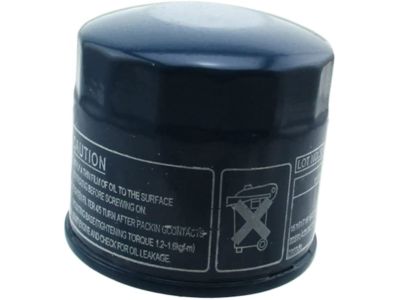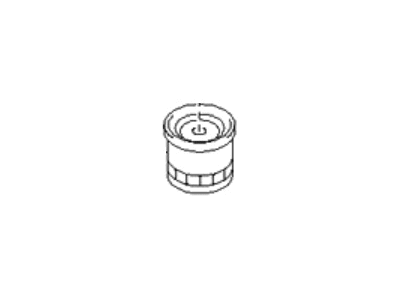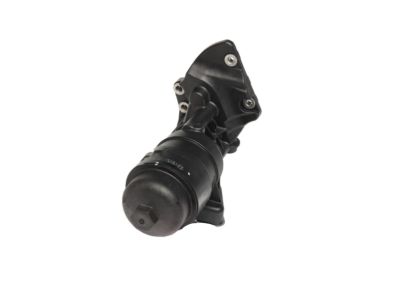×
- Hello
- Login or Register
- Quick Links
- Live Chat
- Track Order
- Parts Availability
- RMA
- Help Center
- Contact Us
- Shop for
- Kia Parts
- Kia Accessories

My Garage
My Account
Cart
Genuine Kia Sedona Oil Filter
Engine Oil filter- Select Vehicle by Model
- Select Vehicle by VIN
Select Vehicle by Model
orMake
Model
Year
Select Vehicle by VIN
For the most accurate results, select vehicle by your VIN (Vehicle Identification Number).
14 Oil Filters found

Kia Sedona Oil Filter Service Kit
Part Number: 263203CKB0$9.60 MSRP: $13.50You Save: $3.90 (29%)Ships in 1-3 Business Days
Kia Sedona Oil Filter Service Kit
Part Number: 263203CAA0$10.03 MSRP: $14.10You Save: $4.07 (29%)Ships in 1-2 Business Days
Kia Sedona Oil Filter Complete Assembly
Part Number: 263003C200$160.91 MSRP: $223.49You Save: $62.58 (28%)Ships in 1-3 Business Days
Kia Sedona Oil Filter Service Kit
Part Number: 263203C250$9.56 MSRP: $13.45You Save: $3.89 (29%)Ships in 1-2 Business Days
Kia Sedona Oil Filter Complete Assembly
Part Number: 263003CAB0$76.82 MSRP: $104.95You Save: $28.13 (27%)Ships in 1-3 Business Days
Kia Sedona Oil Filter Service Kit
Part Number: 263203C100$9.56 MSRP: $13.45You Save: $3.89 (29%)Ships in 1-3 Business Days
Kia Sedona Engine Oil Filter Assembly
Part Number: 2630035502$5.71 MSRP: $8.04You Save: $2.33 (29%)Ships in 1-3 Business Days
Kia Sedona Engine Oil Filter Assembly
Part Number: 263103CAA0$73.99 MSRP: $104.95You Save: $30.96 (30%)Ships in 1-2 Business Days
Kia Sedona Engine Oil Filter Assembly
Part Number: 2630035501$5.71 MSRP: $8.04You Save: $2.33 (29%)Ships in 1-3 Business Days
Kia Sedona Engine Oil Filter Assembly
Part Number: 2630035500$5.71 MSRP: $8.04You Save: $2.33 (29%)Ships in 1-3 Business Days
Kia Sedona Oil Filter Complete Assembly
Part Number: 263003CAB1$73.99 MSRP: $104.95You Save: $30.96 (30%)Kia Sedona Oil Filter Complete Assembly
Part Number: 263003C250$160.91 MSRP: $223.49You Save: $62.58 (28%)Ships in 1-3 Business DaysKia Sedona Oil Filter Complete Assembly
Part Number: 263003C300$160.91 MSRP: $223.49You Save: $62.58 (28%)Ships in 1-3 Business Days
Kia Sedona Oil Filter
If you're in search of top-notch, reasonably priced OEM Kia Sedona Oil Filter, then you've found the perfect spot. Our website boasts an extensive inventory of Kia Sedona Oil Filter, all priced at the market's premier price. Rest assured, every genuine part we offer comes with a warranty straight from the manufacturer.
Kia Sedona Oil Filter Parts Questions & Experts Answers
- Q: How to perform an oil and Oil Filter change on Kia Sedona?A:Frequent oil changes are a necessary preventive measure for an engine in order to avoid aging and pollution acceleration of its wear. However, before you even get started, ensure that all necessary tools are available such as drain pan, a pair of rubber gloves, breaker bar, socket and filter wrench. It would be good to have enough rags or newspapers close by in case of any spills. Hoist it up on the hoist or lift it onto ramps or support it on jack stands for easy access to the underside of the vehicle. Get to know where the oil drain plug and oil filter is before commencing with this procedure as well as how you should act around hot exhaust and engine parts when doing so. The normal operating temperature of the engine should be reached prior to starting it up. Place the drain pan under the drain plug while lifting the vehicle then remove that plug and fully drain out all old oil from there since this will enable you see if there are any metal shavings or chips coming with it. Reinstall clean drained plug after cleaning its threads using brake cleaner till snug against tightness specified by manufacturer's documentations and with torque wrench tightened into position with 25Nm/18 ft lb/lbft (or use other units). For 2005 models and older ones pull off the old filter together with cleansing surface which supports it then verify whether this is same type like new one or not. Put clean engine oil on new filter's rubber gasket before installing it also following directions for tightening found at side label lower car down step without jerking up suddenly but gently touching ground instead releasing jacks end working compartment again proceed furtherunfasten cap housing screw element lubricate o-ring mount change element screw-on seal as well as install onto house tighten according recommended nm tighten cap specified amount new all quart 4 typically oil filler fill under replace check dipstick level if low add until again turn bike full repeat result check if these minutes after should be carried out on oil change trips around counter and leakages proper. The used oils should be properly disposed at appropriate facilities or collection points so as to prevent pollution of the environment.
Related Kia Sedona Parts
Browse by Year
2021 Oil Filter 2020 Oil Filter 2019 Oil Filter 2018 Oil Filter 2017 Oil Filter 2016 Oil Filter 2015 Oil Filter 2014 Oil Filter 2013 Oil Filter 2012 Oil Filter 2011 Oil Filter 2010 Oil Filter 2009 Oil Filter 2008 Oil Filter 2007 Oil Filter 2006 Oil Filter 2005 Oil Filter 2004 Oil Filter 2003 Oil Filter 2002 Oil Filter 2001 Oil Filter
